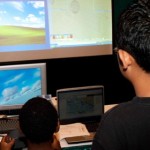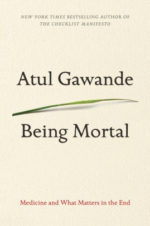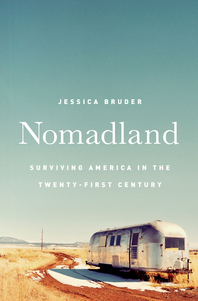A Feel Good Look at Learning’s Future
Posted on | April 28, 2010 | Comments Off on A Feel Good Look at Learning’s Future
 I have written warmly about Scotland’s national education intranet service, Glow, and at the end of the piece asked, “why can’t this be done here?” In part, I am finding that it can…and is. The Los Angeles Unified School District has an ambitious technology plan, has spend a bundle on infrastructure, and green shoots of applications are beginning to appear at the schools.
I have written warmly about Scotland’s national education intranet service, Glow, and at the end of the piece asked, “why can’t this be done here?” In part, I am finding that it can…and is. The Los Angeles Unified School District has an ambitious technology plan, has spend a bundle on infrastructure, and green shoots of applications are beginning to appear at the schools.
Last Saturday I visited the District’s annual Infotech conference to look at what students and teachers were doing with learning and technology. At the Los Angeles Convention Center, I was struck by the extent that almost everything I saw was the result of teacher initiative. The District, and grant funds, made access to technology possible, but it was teacher and student sweat equity that created the new forms of teaching and learning.
I didn’t have a chance to visit each of the exhibits–students were packing up for lunch and blood sugar levels, including mine were lagging–but as I sampled the student’s work I was struck by three aspects of what was going on:
First, I saw very interesting examples of moving instruction up the cognitive food chain. Antonio Hernandez from Local District 4 was basking in the recognition of primary student’s work for robotics. They started with straightforward constructions in the first grade, but by the time they had reached the upper elementary grades they were creating projects for which their was so single answer. Their work had started to resemble that of adult technologists or scientists.
Second, schools were building on learning platforms that were created elsewhere. At least two schools had built animation programs using ACME the on-line instruction platform created by Claremont Graduate University board of visitors member Dave Master. Robert Moreau’s students at Roosevelt High School showed off some sophisticated graphics of which they were justifiably proud. In terms of curriculum development, these novel and non-bureaucratic arrangements are good examples of how the education world is starting to look more like a network and less like a hierarchy.
Third, schools were using inventive combinations of existing software. Students at the Los Angeles High School for the Arts were using the freely available Google docs as a means of collaborating on projects, getting feedback from their teachers, and working through revisions. At the same time they were using computer aided design software for set design and construction. Tara Pearson, the development coordinator at LAHSA, helped show me how pedagogy and technology meshed. But, as was the case in the other exhibits I visited, she held back creating situations where students could explain their work to visiting adults.
Thanks and kudos to all for sharing your work.




